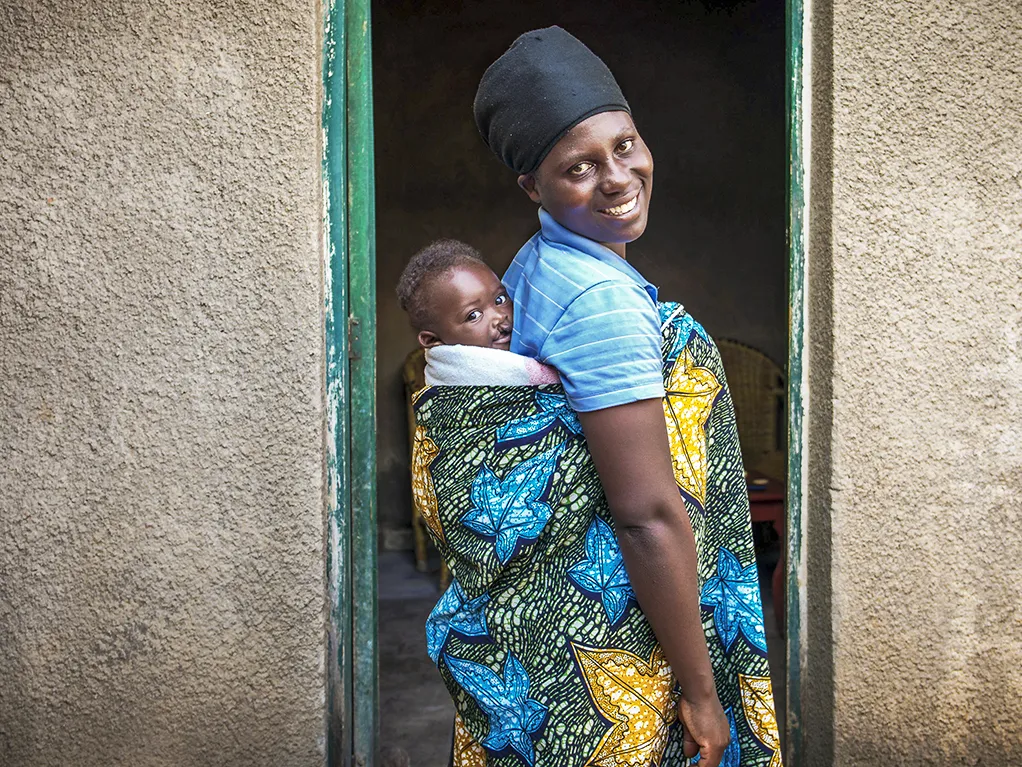Thought Leadership
Discovering the Causes of Cleft, Part 1
The International Family Study is pioneering research into the causes of cleft. One cleft-affected family in the Philippines is of particular interest to the study.
This unusually high concentration of cleft cases within Loraine’s family piqued the interest of a team of researchers from the International Family Study (IFS) working at the ongoing surgical program.
A medical research collaboration between Operation Smile and our partners at the University of Southern California and Children’s Hospital of Los Angeles (CHLA), IFS analyzes genetic data obtained from saliva samples voluntarily provided by patients, their families and control groups, as well as information collected from maternal and paternal questionnaires on environmental exposures and lifestyle habits.

The first study of its kind, IFS blends the data from this genetic analysis with the questionnaire findings to provide the most comprehensive understanding of the potential risk factors of cleft conditions. The ultimate goal of the study is to put this evidence into action to prevent cleft conditions before they develop in the womb and to better understand the mechanisms of cleft and what can increase risk in low- and middle-income areas.
Ongoing since 2011, the study has been conducted in nine different countries – the Democratic Republic of the Congo, Guatemala, Honduras, Madagascar, Malawi, Morocco, Nicaragua, Philippines and Vietnam – representing low- and middle-income communities of those populations and includes more than 17,000 individuals from almost 8,000 families. To date, the project has amassed one of the largest repositories of genetic information relating to global cleft populations ever collected.
Before the ongoing (ongoing surgical program) surgical program began, the IFS team decided to collect data from Loraine’s family where they live on Botigues, a small island northwest of Cebu. Christine Stafford, a research coordinator at CHLA, had to take a “pump boat” – a traditional outrigger canoe powered by a small gasoline engine – to get to the remote island’s fishing harbor, where many of Loraine’s family members came to welcome her.
“This family is very special because it’s such a big family and many of them suffer from cleft conditions,” Stafford said. “The bigger the family, the easier it is to find what causes it.”

Having just arrived home from school, Loraine and her cousins were dressed in their school uniforms. Some of the smaller children had untreated cleft lip and cleft palate. Loraine’s father was born with a cleft lip and cleft palate and so were four of his sisters. Two of his other sisters were born only with cleft palate and his four younger brothers were born with no cleft conditions (deformities). Now, most of them met here to give Christine saliva samples for genetic analysis.
“We wanted to come and visit this family because when you’re studying the genetic component as a cause of cleft lip and palate, it’s very helpful to look at a family, because then you can compare the family members to each other,” Stafford said. “You can see what the family members with cleft have in common, and then you can see what they don’t have in common with the members without the cleft condition (deformity).”
Like most houses here, Loraine’s house is built of coconut wood with a cement floor and a scrap metal roof. Loraine’s father collects and sells scrap metal and recyclables to make a living for his family. There were piles of rubber tires and plastic bottles in the yard waiting to be transported and sold. A fire of leftover scrap burned in the middle of the clearing, and the family’s pig foraged for food in the shade of a tree.
Loraine’s father prepared a meal for the guests and his relatives. He cooked fish and crab on a stove heated by wood fire. Rainwater is collected in huge barrels, but there is also a deep well in the village that’s used as a water source.
According to IFS research, potential risk factors for cleft conditions are present in this environment. Though Loraine’s father is the cook this evening, maternal cooking with wood fire has been identified as a risk factor, as has maternal use of well water. Others include advanced maternal age, pregestational hypertension, gestational seizures, paternal tobacco smoking, paternal lower education, maternal rural residency, maternal indoor tobacco exposure and maternal exposure to agricultural and industrial chemicals.

“What we hope to give back to these communities is overall knowledge,” former IFS project manager Frederick Brindopke said. “We need to do it in terms of preventative measures and implementations in the community – whether that’s anti-smoking campaigns or campaigns to enhance prenatal care for mothers – so that they’re being seen as soon as they’re pregnant to receive the vitamins and nutrition they need.
“That knowledge will hopefully empower communities to try to reduce the burden of cleft lip and cleft palate throughout the world.”

Read the Next Chapter
The story continues in “Discovering the Causes of Cleft, Part 2,” a question and answer with former IFS project manager Frederick Brindopke.







